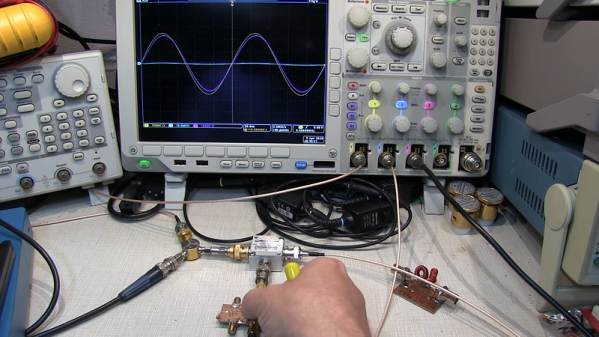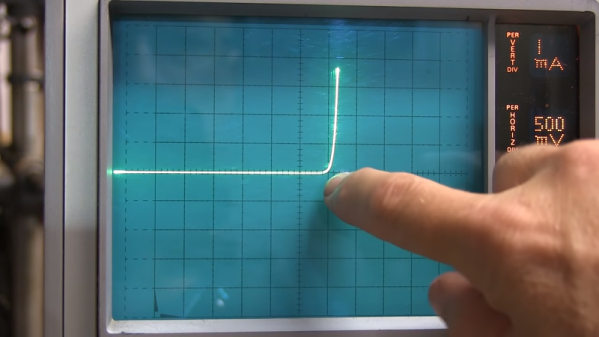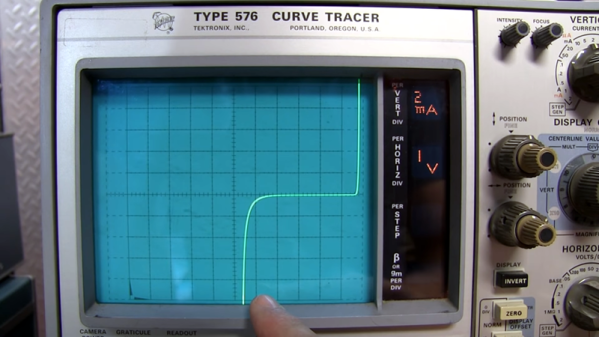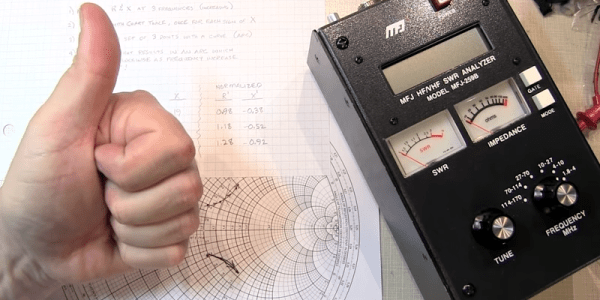We live in a good time to be an electronics geek. It used to be only the richest or shrewdest among us had a really good oscilloscope, while these days it is entirely feasible to have a scope that would have cost a fortune a few decades ago, a logic analyzer, arbitrary waveform generator, and what would have once been a supercomputer and still not be in debt. One of the cooler pieces of gear for people working on RF electronics is a vector network analyzer (VNA) which used to be exotic, but now can be bought for very little. But what do you do with it? [W2AEW] has the answer.
We always look forward to a video from [W2AEW]. Even if we know about the subject he covers, we usually pick up something new or interesting. Like all of his videos, this one is intensely practical. Not a lot of drawing but plenty of scope shots and experimenting.
















